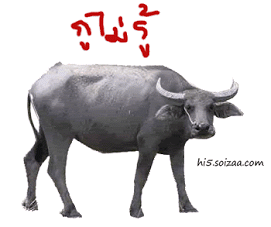Italian Neo-Renaissance buildings in Bangkok
-
Recently Browsing 0 members
- No registered users viewing this page.
-
Topics
-
-
Popular Contributors
-
-
Latest posts...
-
77
Report Grab Targets Thailand's Expats with New Perks and Features
In instances like that, I find you can contest the charge with your credit card and easily get a refund. -
49
Hospital checking visa
This thread is about they asking for my permission of stay, not for ID. They never asked for ID (picture page pp, pink card, DL) and I am registered here anyway. It was only the permission of stay they were interested in. -
49
Hospital checking visa
I have been asked only once to show my passport. I was already registered with the hospital and they copied my passport for my hospital card. This one time they wanted to verify my identity. So, i gave them my driving permit and told them i do not carry passport outside of the house except when going to immigration. The permit was enough for them. Never have I seen or heard of a hospital demanding your passport to make sure you were in the country legally. -
32
Trump and Putin: The meeting.
Back in 2023, The International Criminal Court issued an arrest warrant for Putin in relation to war crimes against the people of Ukraine. I guess there has been a volley of communication through diplomatic channels to safeguard Vlad's protection from arrest once he touches down on American soil. https://www.icc-cpi.int/news/situation-ukraine-icc-judges-issue-arrest-warrants-against-vladimir-vladimirovich-putin-and -
77
Report Grab Targets Thailand's Expats with New Perks and Features
I am sixty-four years old and recovering from hip fracture surgery. Food delivery has been instrumental for me. I assure you I use the apps, but I am not too lazy. You might want to think before you criticize. -
49
Hospital checking visa
I tried that at a hospital last week in Bangkok. They said they needed the passport also as they have to enter my name in its original alphabet and my Thai ID is all in Thai.- 1
-

-
-
Popular in The Pub











Recommended Posts
Create an account or sign in to comment
You need to be a member in order to leave a comment
Create an account
Sign up for a new account in our community. It's easy!
Register a new accountSign in
Already have an account? Sign in here.
Sign In Now